How To Make Drone Dropping System ?
A drone dropping system can be made by attaching a release mechanism to the drone. The release mechanism can be triggered remotely using a switch or a button on the drone's controller. The release mechanism can be made using a servo motor or a solenoid that can be controlled using an electronic circuit. The circuit can be designed using a microcontroller such as Arduino or Raspberry Pi. The release mechanism can be attached to a container or a payload that needs to be dropped. The container can be designed to hold different types of payloads such as food, medicine, or other supplies. The drone dropping system can be used for various applications such as search and rescue, delivery, or agriculture. It is important to ensure that the drone dropping system is safe and reliable and does not cause any harm to people or property.
1、 Drone payload capacity and compatibility
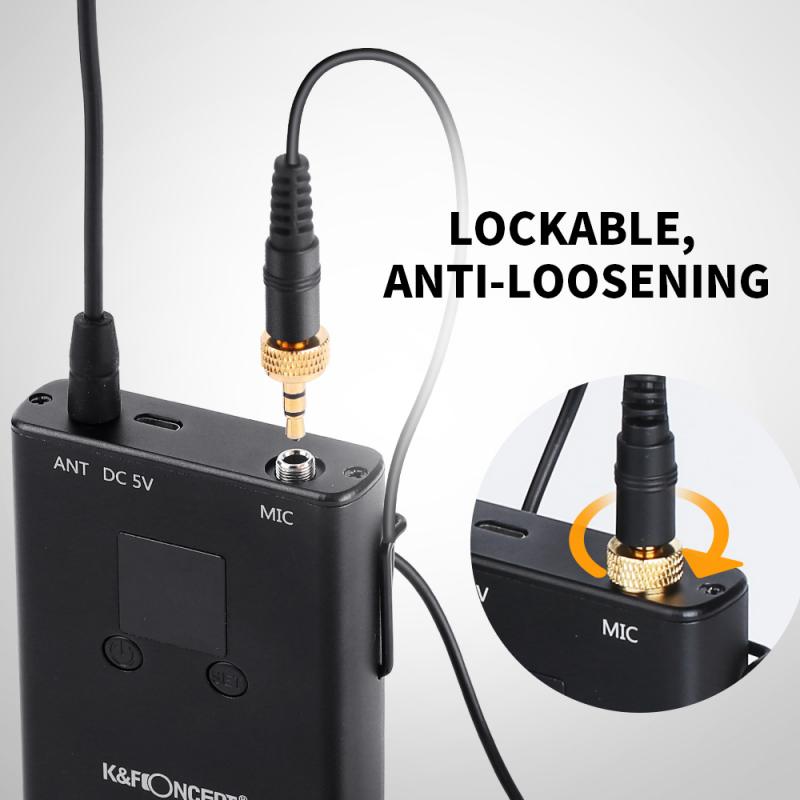
How to make drone dropping system:
1. Determine the payload capacity of your drone: Before you can create a drone dropping system, you need to know how much weight your drone can carry. This will determine the size and weight of the items you can drop.
2. Choose a compatible release mechanism: There are several types of release mechanisms available, including servo-based systems, magnetic release systems, and pneumatic release systems. Choose one that is compatible with your drone and meets your needs.
3. Install the release mechanism: Once you have chosen a release mechanism, you will need to install it on your drone. This may require some modifications to your drone, so be sure to follow the manufacturer's instructions carefully.
4. Test the system: Before you use your drone dropping system in the field, you should test it to make sure it is working properly. This will help you avoid any potential problems or accidents.
5. Use the system responsibly: When using a drone dropping system, it is important to follow all safety guidelines and regulations. Be sure to only drop items in safe and legal areas, and avoid dropping anything that could cause harm or damage.
The latest point of view on drone dropping systems is that they have a wide range of applications, from delivering medical supplies to remote areas to dropping off packages for online retailers. However, it is important to use these systems responsibly and safely, and to follow all regulations and guidelines. As drone technology continues to advance, we can expect to see even more innovative uses for drone dropping systems in the future.
2、 Release mechanism design and safety considerations

How to make drone dropping system:
To make a drone dropping system, you will need to design a release mechanism that can be controlled remotely. The release mechanism should be able to hold the payload securely until it is time to drop it. There are several types of release mechanisms that you can use, including servo-controlled mechanisms, magnetic release mechanisms, and pneumatic release mechanisms.
When designing your release mechanism, you should consider safety considerations. You should ensure that the mechanism is reliable and that it will not accidentally release the payload. You should also ensure that the mechanism is designed to prevent the payload from falling onto people or property.
One important safety consideration is the weight of the payload. You should ensure that the drone is capable of carrying the payload safely and that the release mechanism is designed to handle the weight of the payload. You should also ensure that the drone is balanced and stable when carrying the payload.
Another safety consideration is the location where the drone will be dropping the payload. You should ensure that the location is safe and that there are no obstacles or people in the area. You should also ensure that the drone is capable of accurately dropping the payload at the desired location.
In addition to safety considerations, you should also consider the latest point of view when designing your drone dropping system. For example, you may want to consider using a GPS system to accurately drop the payload at a specific location. You may also want to consider using a camera system to monitor the location where the payload will be dropped.
Overall, making a drone dropping system requires careful consideration of the release mechanism design and safety considerations. By taking these factors into account, you can create a reliable and safe system for dropping payloads from a drone.
3、 Remote control and communication system setup
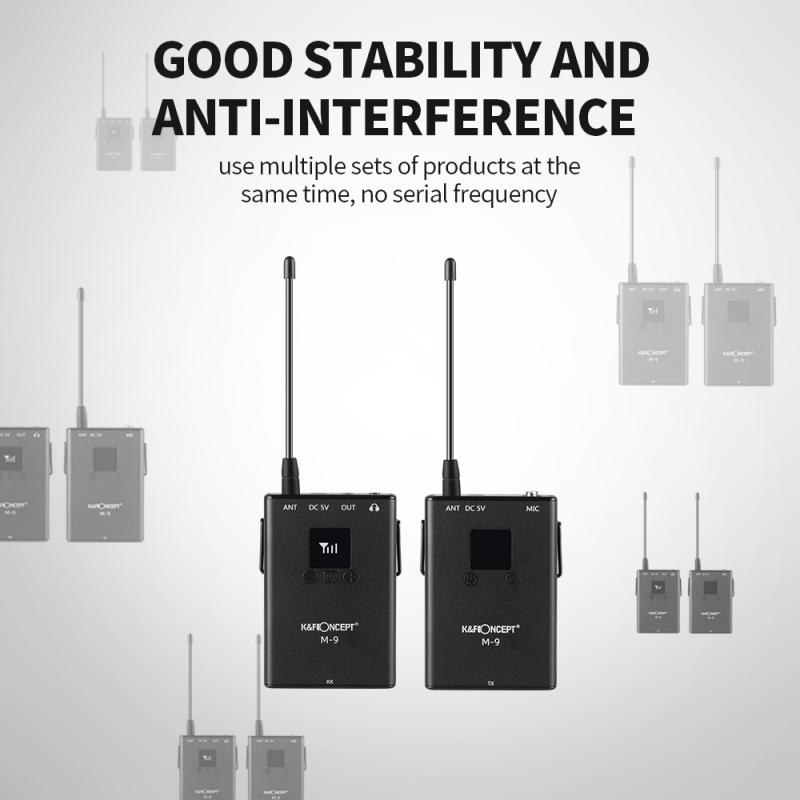
How to make drone dropping system:
1. Choose the right drone: The first step in making a drone dropping system is to choose the right drone. The drone should be able to carry the weight of the payload and have a stable flight.
2. Design the payload release mechanism: The payload release mechanism is the most important part of the drone dropping system. It should be designed to release the payload at the right time and place.
3. Install the payload release mechanism: Once the payload release mechanism is designed, it should be installed on the drone. The installation should be done carefully to ensure that the mechanism is secure and does not affect the flight of the drone.
4. Test the drone dropping system: After the installation is complete, the drone dropping system should be tested to ensure that it works properly. The test should be done in a safe and controlled environment.
Remote control and communication system setup:
1. Choose the right remote control: The remote control should be compatible with the drone and have a good range.
2. Set up the communication system: The communication system should be set up to ensure that the drone can be controlled from a safe distance. This can be done using a radio transmitter or a mobile app.
3. Test the remote control and communication system: Once the communication system is set up, it should be tested to ensure that it works properly. The test should be done in a safe and controlled environment.
Latest point of view:
The latest point of view in drone dropping systems is the use of autonomous drones. These drones can be programmed to fly to a specific location, drop the payload, and return to the base without any human intervention. This technology is being used in various industries, including agriculture, construction, and logistics. However, the use of autonomous drones raises concerns about safety and privacy, and regulations are being developed to address these issues.
4、 GPS and altitude sensors for precision drops
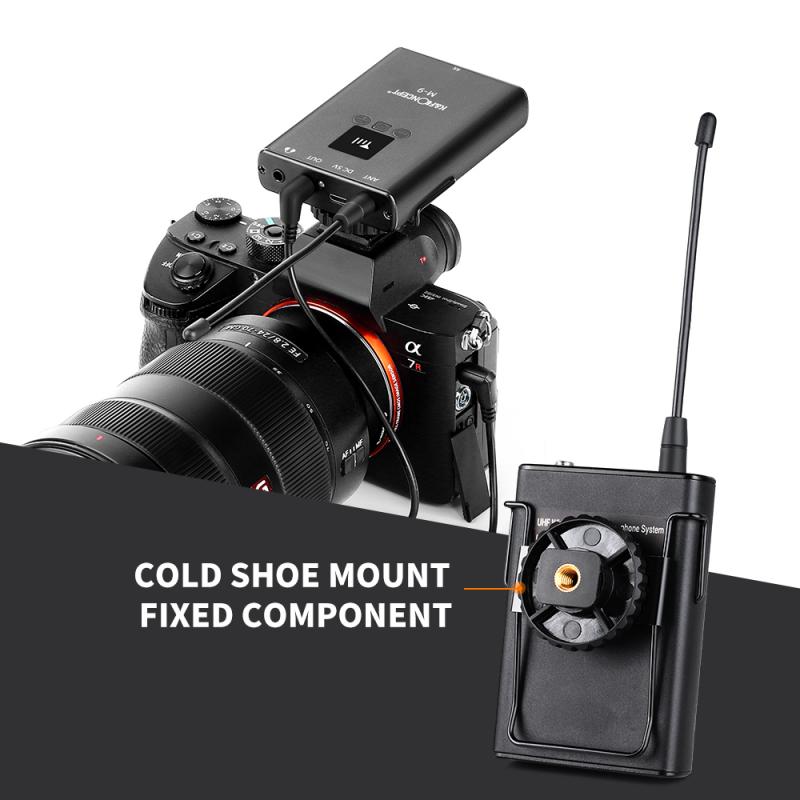
How to make a drone dropping system with GPS and altitude sensors for precision drops? The first step is to choose a drone that is capable of carrying the payload you want to drop. Once you have the drone, you will need to attach a release mechanism to it. This can be done using a servo motor or a solenoid valve.
Next, you will need to install a GPS module and an altitude sensor on the drone. The GPS module will provide the drone with its location, while the altitude sensor will measure the drone's height above the ground. These sensors will allow the drone to accurately drop the payload at the desired location.
To program the drone, you will need to use a flight controller that is compatible with the GPS and altitude sensors. You can use software such as Mission Planner or QGroundControl to program the drone to drop the payload at a specific location and altitude.
It is important to note that drone dropping systems must comply with local regulations and laws. In some countries, dropping payloads from drones is illegal, and in others, it may require a special permit.
In the latest point of view, drone dropping systems are becoming increasingly popular in various industries, including agriculture, search and rescue, and delivery services. With the use of advanced sensors and software, drones can now drop payloads with precision and accuracy, making them a valuable tool for many applications. However, it is important to ensure that these systems are used safely and responsibly to avoid any potential risks or hazards.


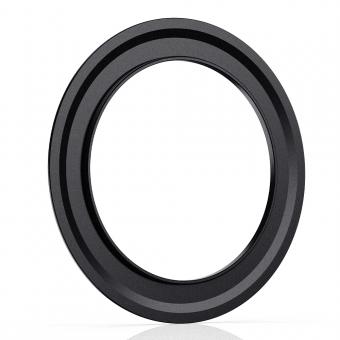
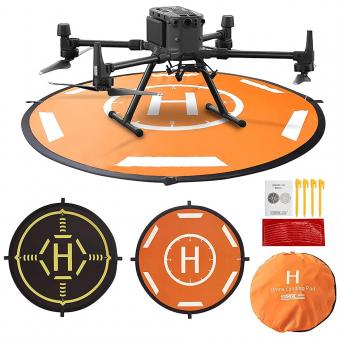
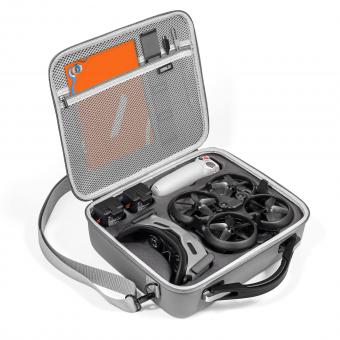
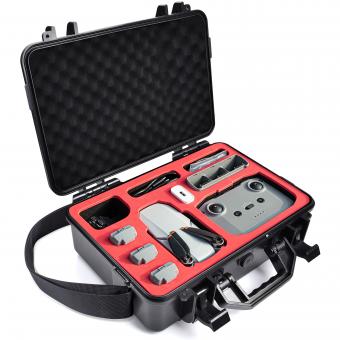
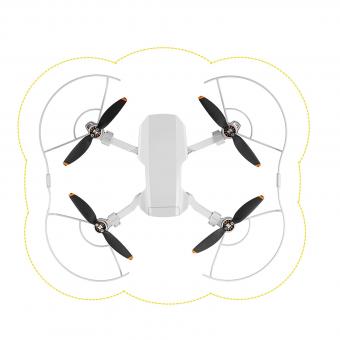


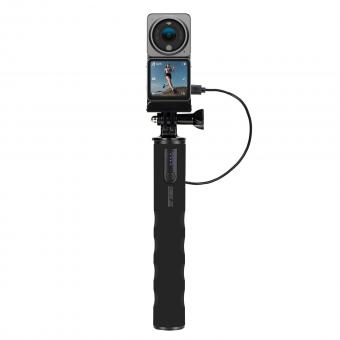

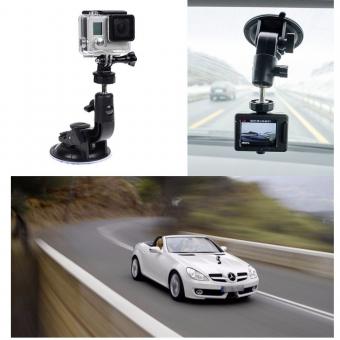





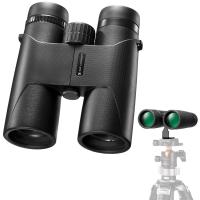

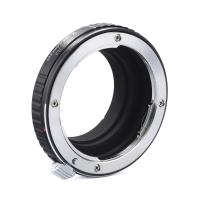
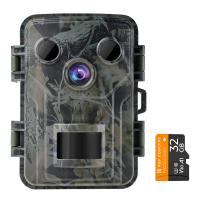

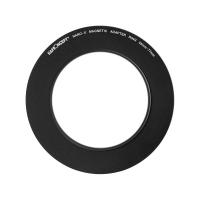


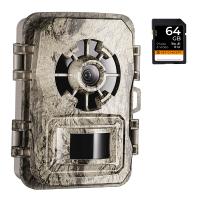




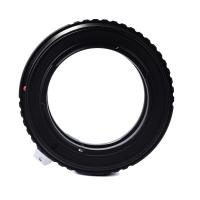

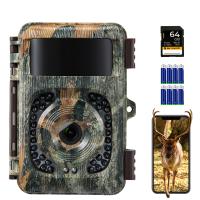
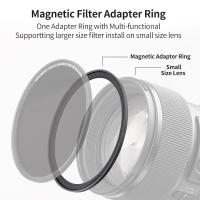



There are no comments for this blog.